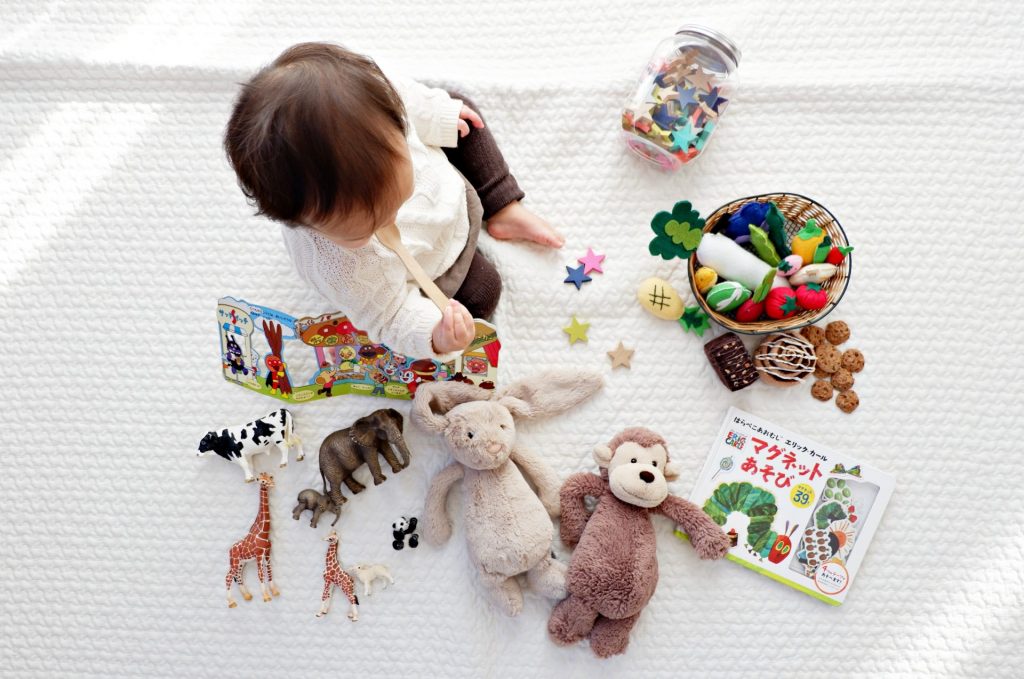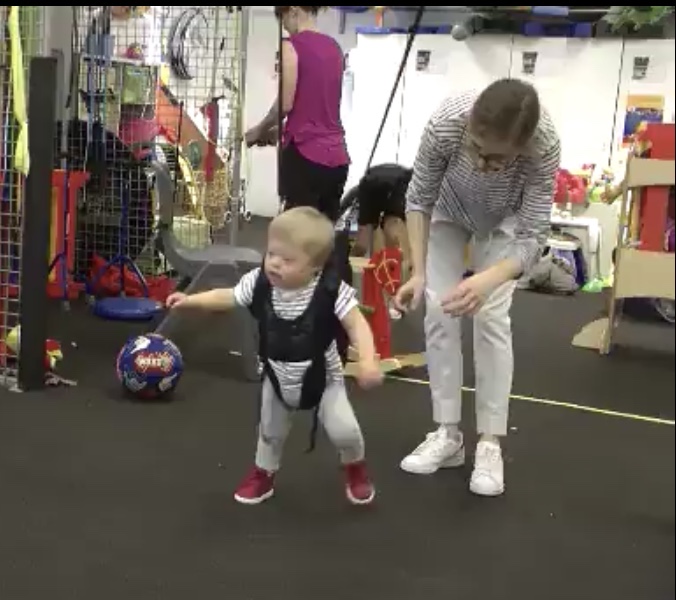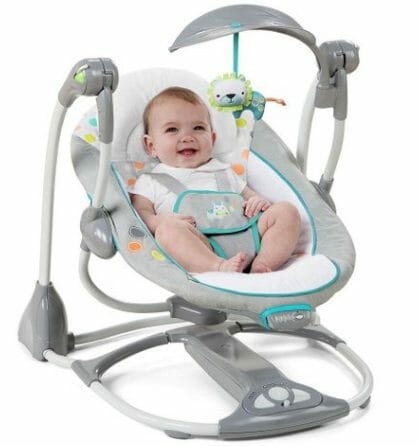
Coming Coming Coming Coming Coming Coming Coming Coming Coming

Last week we discussed fine motor development in the first 6 months and the importance of vision and gross motor…

Matteo gets the confidence to walk and to chase bubbles once he is in the harness.

I’m sure you’re asking “what are you talking about?”. Simply put it’s when babies are moved from one container to…
Subscribe to receive updates on new blog posts:
Therapies For Kids acknowledges the Traditional Custodians of the land on which we live and work. We pay respect to Elders past, present and emerging.
Please type in your search query below: